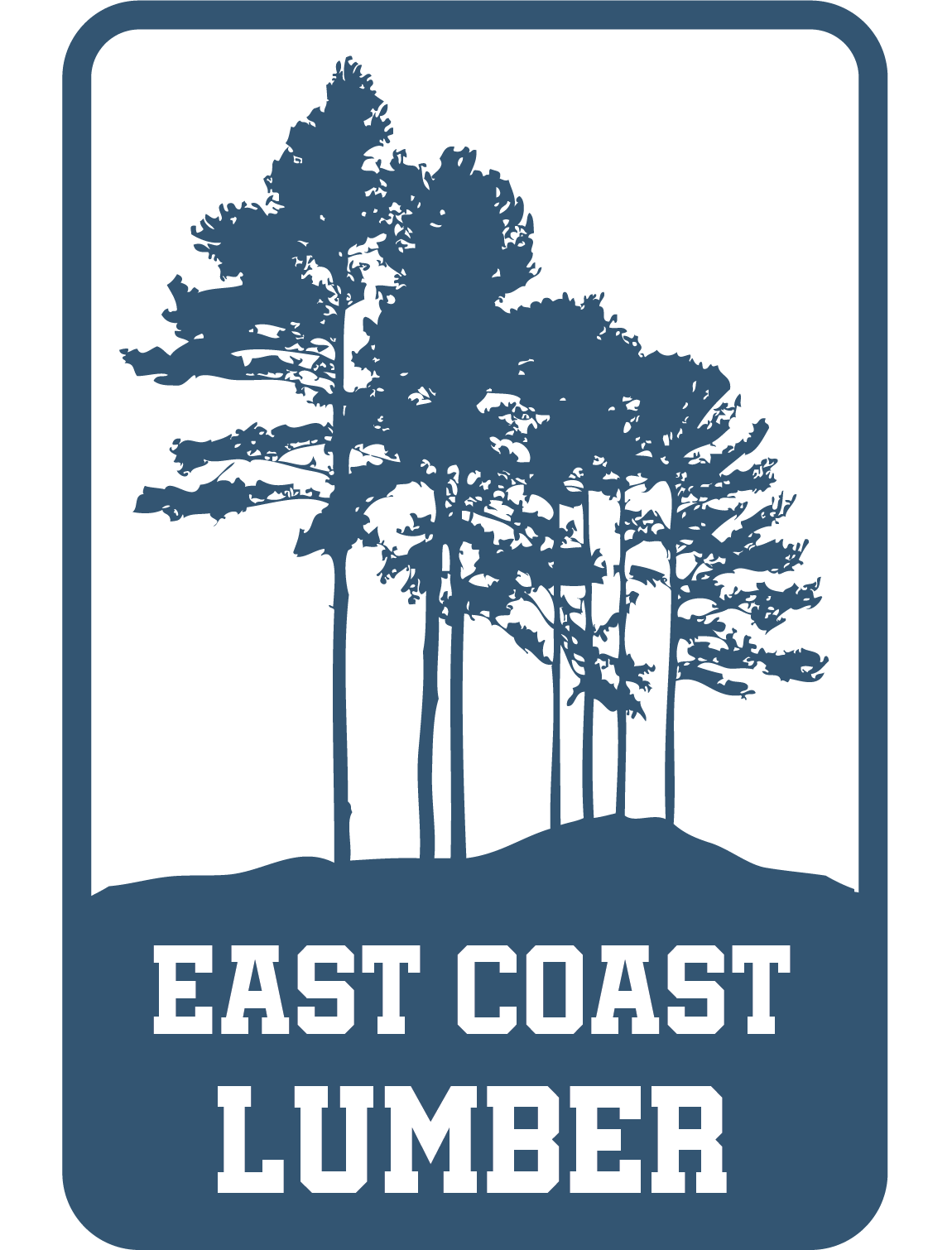Top Mistakes to Avoid When Buying Lumber by the Truckload
Introduction: Buying Lumber in Bulk the Smart Way
For builders, contractors, and manufacturers, buying lumber by the truckload is one of the most efficient ways to manage costs and inventory. But while bulk purchasing can streamline operations, it can also open the door to mistakes that impact profitability and project timelines.
Whether you’re sourcing for a long-term contract or a large-scale project, it pays to know what to avoid. Below are the top mistakes to watch out for when buying lumber by the truckload — and how to ensure each order delivers quality and value.
1. Not Knowing the Lumber Specifications You Need
A common error in bulk lumber buying is not defining precise specifications before ordering. Lumber varies widely in grade, species, and moisture content, and small variations can have a big impact on performance and appearance.
Make sure you specify:
Species and grade (e.g., SPF, Southern Yellow Pine, Douglas Fir)
Moisture content (kiln-dried vs. green)
Surfacing (rough, planed, dressed)
Dimensions and lengths
When you’re buying truckloads, those details ensure you get the same quality from one shipment to the next — not a mix of inconsistent stock.
2. Ignoring Supplier Reputation and Consistency
Not all bulk lumber suppliers offer the same reliability. The wrong supplier can lead to inconsistent loads, delays, and poor communication — issues that add up fast.
Before buying, look for a company with:
Strong mill relationships and transparent sourcing
Strict quality control processes
Proven experience in truckload shipping and logistics
East Coast Lumber’s long-standing relationships with North American mills ensure consistency across every shipment. Learn more about our bulk lumber supply.
3. Focusing Only on Price
It’s tempting to choose the lowest quote when ordering full truckloads, but price isn’t everything. The cheapest option often leads to costly issues later — such as low-grade wood, warping, or delivery delays.
Instead, consider the total value:
Quality and grade accuracy
Reliable delivery schedules
Supplier support and communication
A reputable supplier might cost slightly more upfront but will help you avoid hidden expenses tied to poor product quality or downtime.
4. Overlooking Freight and Logistics Costs
Freight can be a major factor in your total landed cost. Some buyers forget to account for fuel surcharges, regional transport limits, or offloading capabilities.
Always confirm:
Whether pricing is delivered or FOB
The lead time and delivery schedule
Whether the supplier arranges freight or if you need to coordinate logistics
East Coast Lumber simplifies this process by offering full-service logistics for truckload orders — ensuring your lumber arrives on time and in top condition.
5. Not Inspecting Loads or Verifying Quality
Even with trusted suppliers, quality verification is essential. Once a truckload arrives, it’s your responsibility to confirm it meets your expectations and specifications.
Best practices:
Inspect the load upon delivery
Photograph and document any discrepancies
Request grading certificates when needed
By documenting and verifying, you protect your business and maintain strong quality standards.
6. Failing to Plan for Future Orders
Many businesses buy bulk lumber only when they run low — a mistake that leads to last-minute purchases and higher costs. Strategic forecasting helps you avoid supply interruptions and price spikes.
Building a relationship with your supplier allows you to:
Secure volume-based pricing
Ensure consistent stock
Plan for seasonal demand fluctuations
East Coast Lumber partners with clients to forecast needs and reserve mill capacity — keeping your supply chain running smoothly. Learn more about our lumber trading services.
7. Not Monitoring Market Conditions
Lumber pricing shifts constantly due to mill output, housing demand, and transportation costs. Buyers who don’t track these changes often pay more than they need to.
Keep an eye on:
Housing starts and construction trends
Import/export regulations or tariffs
Seasonal price patterns
You can follow sources like:
Random Lengths Lumber Price Index
U.S. Census Construction Reports
National Association of Home Builders (NAHB)
A knowledgeable supplier will help you navigate these shifts, timing purchases to maximize cost efficiency.
Conclusion: Partner with a Reliable Bulk Lumber Supplier
Buying lumber by the truckload offers huge advantages — cost efficiency, supply consistency, and scalability — but only when done strategically. Avoiding these common mistakes ensures that every load supports your business goals.
At East Coast Lumber, we specialize in helping companies buy bulk lumber with confidence. From clear communication and quality assurance to dependable logistics, we make large-scale purchasing simple and stress-free.
Ready to simplify your next lumber order?
Contact East Coast Lumber today to discuss truckload pricing and reliable supply options tailored to your business.
